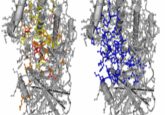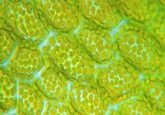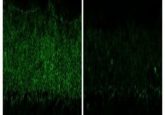Erythropoietic protoporphyria: A new link to an old disorder
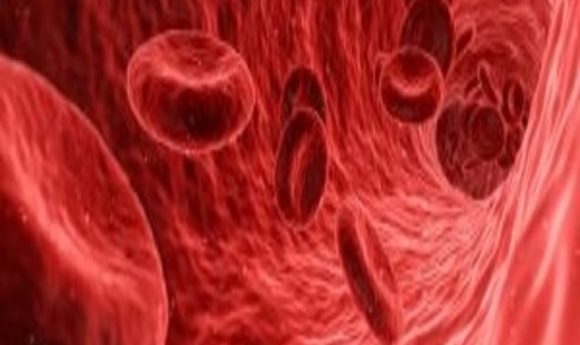
Scientists find a novel mutation causing a rare blood disorder that makes people photosensitive and anemic.
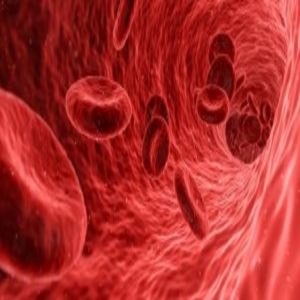
Erythropoietic protoporphyria (EPP) is a blood disorder that affects the production of heme, a component of hemoglobin. When heme production decreases, an intermediate product in the heme synthesis pathway called protoporphyrin accumulates in red blood cells and plasma. When exposed to sunlight, protoporphyrin reacts violently, causing blistering or other disfigurements on the skin. Now, a paper in the journal Proceedings of the National Academy of Sciences reports a genetic mutation responsible for this disease.
“Erythropoietic protoporphyria (EPP) is a rare blood disorder, affecting about 5000-10,000 people worldwide. The symptoms begin during early childhood, last life-long, and patients can feel real burning sensations within 10-20 minutes of exposure of skin to sunlight,” said Urs Meyerfrom the University of Basel, who was not involved in the study.
The story began when physicians in Northern France identified an 18-year-old woman with an unusual form of Erythropoietic protoporphyria; they referred her to the French Center of Porphyria for further investigation. She had been suffering from acute photosensitivity from 9 months of age and was anemic. However, she didn’t carry any of the known genetic mutations associated with the disease.
To determine the cause of her condition, Hervé Puy from Université Paris Diderot, and his colleagues carried out whole exome sequencing and found a mutation in a gene involved in mitochondrial protein folding that previously had not been connected with Erythropoietic protoporphyria (EPP). Puy then teamed up with researchers at Brigham and Women’s Hospital, Dana-Farber Cancer Institute, and MIT to investigate the activity of the affected gene product. Their data suggest that the mutation in this gene promotes overproduction and accumulation of a compound called protoporphyrin IX, leading to Erythropoietic protoporphyria (EPP) in this patient.
“This novel mutation is very rare and might be affecting 1%-2% of the patients. The most common form of Erythropoietic protoporphyria (EPP) can now be treated by a drug that acts by increasing the levels of melanin in the skin,” said Meyer.
Puy hopes that these results will aid in developing therapeutic strategies in the future. “We are also studying other porphyrias and plan to investigate if our current findings could be associated with some other related disorders too,” he said.
